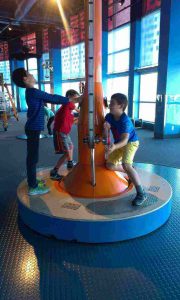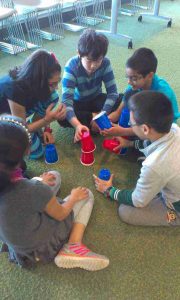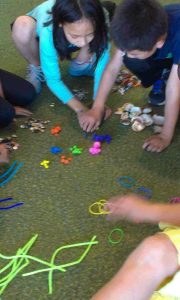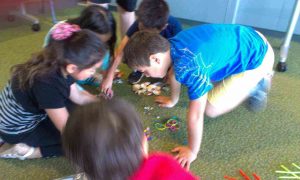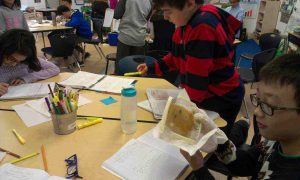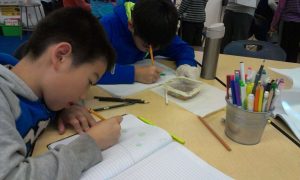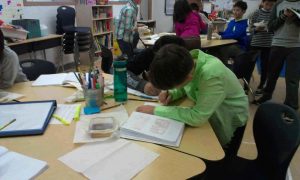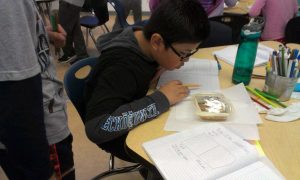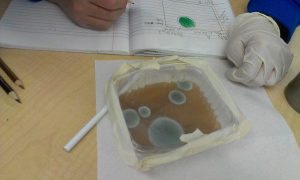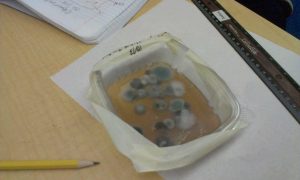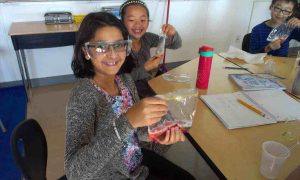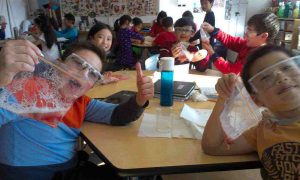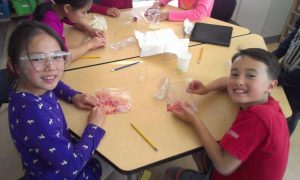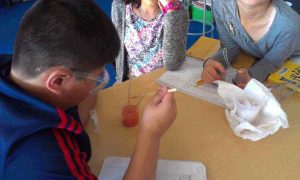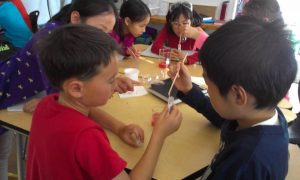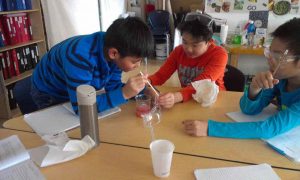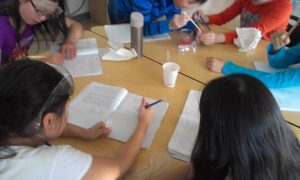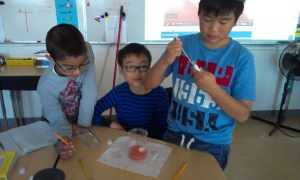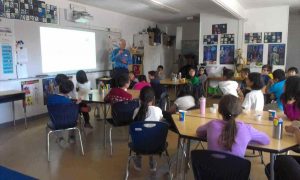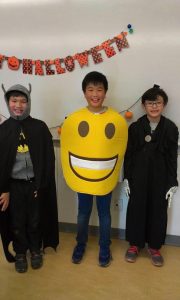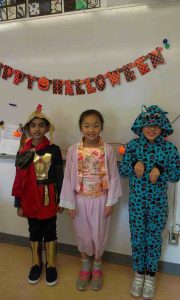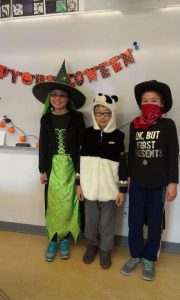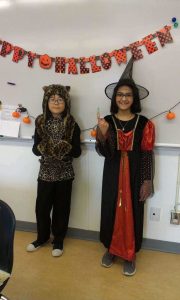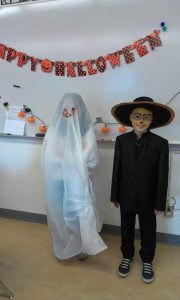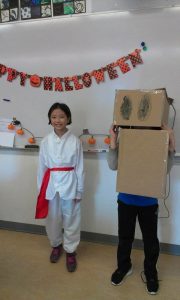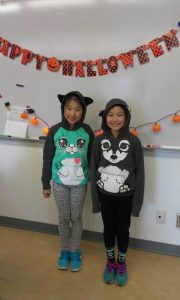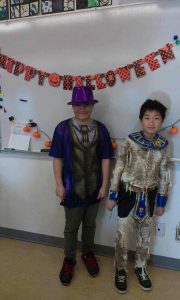Update January 19th! Getting going with a new unit
Hello Everyone!
Here are some quick updates so everyone knows what is going on in our class!
New Unit, Migration!:
I asked the class the question, “How did we get here?” I didn’t mean, how did we get to school this morning, or how did we get to grade 4/5. What I meant was how did we all get here? What is our story of how we ended up having our lives here?
We have begun exploring Canada’s story, beginning with the First Nations who came here via Beringia, then the explorers who came here from Europe, and the immigrant groups who found a new home in Canada. It is a complex history with so much to cover. We will go over our history in a general way, so we are aware of the timeline and reasons people came to Canada. Then, I will ask everyone to become a specialist. Each student will choose a character (either an actual, named character, or a creative, made-up person from a specific time period) to research in more detail. They will create a mini-monologue for that person and present it in a creative way. More details on this to come, but I have asked everyone to begin thinking of WHO they might want to research in more detail or WHAT time period they want to focus on for the project. I think this will be a fun way to learn more about the story of Canada!
I also asked everyone to take home a family tree and map, as we would like to map everyone’s migration journey. This may mean having a conversation at home about the journey previous generations made to eventually end up in Canada. The family tree and map are due on Monday. Thank you in advance for your immigration stories if you are willing to share!
A short unit quiz from unit two will be on Monday. Please review questions from your journal from when we did the unit review together. It will be multiple choice and short answer.
Language Arts:
We are finishing up our last unit by preparing for debates on technology. Each student is asked to have 20 pieces of evidence prepared on cards by end of day Monday. Debate teams have been assigned. We will write debate speeches and talk about persuasive language next week, which will be followed by the actual debates! I look forward to the conversations. Remember, your opinions need to be backed up with some actual FACTS and QUOTES from your research!
For general grammar and writing practice, we will also be doing the following during the next few weeks.
- Vocab Study: Each Monday, students will independently choose 10 words from the advanced vocabulary list I provided that they do not already understand. In their journal, they will write short definitions for each one and two sentences for words that are the most challenging. On the next Monday, a partner will call out the words to give them a spelling test for their journals. So, our first spelling test of challenge words is next Monday.
- Byrdseed Grammar and Phunny Enuf: Using two resources for more advanced students, we will do mini grammar lessons in class between other unit activities. Hopefully this will provide a fun way to review some common errors found in students’ writing.
- 642 Big Things to Write About: Students will be asked to do some creative writing using a choice of writing prompts. After doing several, we will choose one to revise, to work on in more detail, and to edit carefully for publication.
MATH:
Students were asked to practice metric conversion using websites found on the blog. If you haven’t done this, please do so!
We have been developing a deeper sense of multiplication, discussing multiples, factors, digital roots, square roots, divisibility, order of operations, and more. Some of this work is done in our journals and a part is done through playing games. If anyone has difficulty immediately recalling multiplication facts up to the 12s, I recommend using these games for extra practice. We even made some games of our own, especially for student who were ready to practice more advanced numbers.
For anyone in upper math, we are focusing on math properties. Please take a look at this website on math properties to expand your knowledge in this area.
You can also practice using the properties and order of operations here.
Here are some games for order of operations.
Ms. D also gave out a challenge from Perfectly Perilous Math about the deadly pendulum. Answer to be discussed on Monday! We will continue doing challenges for fun from this book.
NEXT — We will be working from YOU DO THE MATH: Skyscrapers as we put together measurement, multiplication, operations, area, perimeter, and other math skills to talk about building, construction, and engineering. More on that next week.
OTHER:
Young People’s Concert next Thursday morning!
Tennis will be coming up as an activity for PE in early February!
Please do check out our lovely zentangle, watercolour trees posted on the bulletin board to the right of Ms. Hetrick’s room, near the office and the side doors of the school. Everyone did an amazing job of using elements and principles to make these!
Students will begin working again on French-games.net, so stay tuned.
Field trip coming up on February 2nd, Friday. Many thanks to everyone who volunteered to drive!
Have a great weekend!
Ms. D

